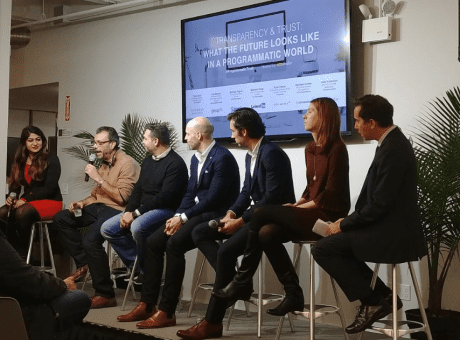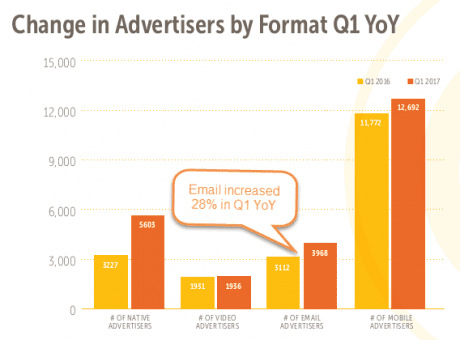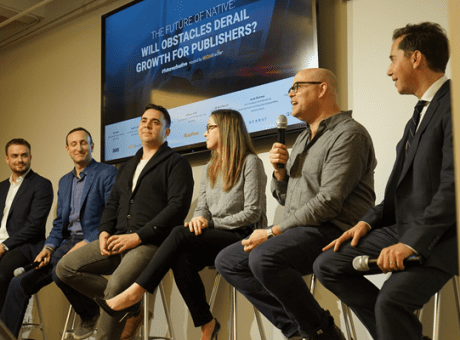The Daily Routine: Seamless Ad Integration
For digital publishers and their advertisers, seamlessly integrated ads are the most effective way to generate returns.
Typically, when we discuss integration in advertising, we are referring to an overall ad strategy - when a brand creates a cohesive plan across multiple media formats (TV, online, print, etc.). In this case, however, we’re going to dive a little deeper.
We’re going to discuss how ads can be seamlessly integrated, not only into individual web pages, but also into the lives of consumers.
{{cta('45c5b3dd-49ff-4f26-a753-e22394265849')}}
ReadTransparency & Trust: A Discussion about Brand Safety
YouTube’s advertising scandal from earlier this year shined a much needed spotlight on the lingering issues of brand safety and transparency in the advertising industry, sparking the conversation.
MediaRadar’s latest event was a panel aimed at keeping the conversation around brand safety moving forward.
Who Can You Trust: Buy-side success in the wake of brand safety
When The Times published their investigative findings on brands appearing next to extremist, racist, religious, and/or politically inflammatory content on Youtube, it sent shockwaves through the digital ad landscape.
For a long time, programmatic advertising has been the wizard behind the curtain, ensuring ads were placed in the Land of Oz (the internet).
Transparency was low, and metrics murky, but for many advertisers, eyeballs were eyeballs - as long as they were reached, the job was done.
The ad crisis changed things dramatically.
How Vertical Video is Changing the Mobile Landscape
Mobile web traffic has finally surpassed desktop, with BrightEdge reporting that 57% of all search traffic now comes from smartphones and tablets. The ad landscape is adapting in accordance. In a report on consumer trends, MediaRadar found an 8% increase in the number of mobile advertisers in Q1 YOY (16-17).
ReadThe Rise of Email
Digital advertisers are becoming more and more critical in their audience targets as well as their ad location. Concerns around brand safety have clearly altered digital spend patterns, as has a shift in targeting strategy. Rather than trying to reach as many eyeballs as possible, brands are now looking for impact eyeballs. For instance, if a brand sells sports equipment, ESPN or Sports Illustrated newsletter subscribers would have a much higher buying probably than those of the Smithsonian, not that the two are mutually exclusive.
Read3 Reasons Why Niche Print is on the Rise
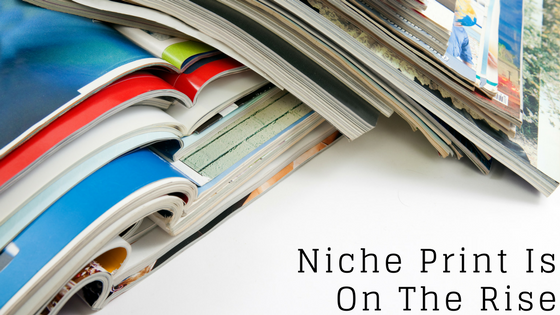
In an era of digital and online advertising, it is no secret that print has certainly struggled with declining page counts. But the idea that all areas of print have declined is mistaken. In fact, large companies like L’Oreal, Pfizer, and P&G continue to allocate big money towards print.
Read2017 Programmatic TV Summit – Highlights & Video
The way consumers view television is changing. This should come as no surprise, especially considering the recent troubles ESPN faced in regards to cord cutters. With more and more viewers moving to OTT, advertisers are facing a challenge, how to optimize marketing efforts to reach migrating audiences. One potential solution is programmatic buying and selling across platforms. This year’s Programmatic Summit at the Stewart Hotel in NYC endeavored to identify the necessary steps in adapting and adopting programmatic in the TV and OTT realm. MediaRadar’s CEO led a panel of National TV and Video Sellers regarding just how this process will work. The panel included:
ReadSaddle Up for Scottsdale! 2017 AHP Equine Media Conference Recap

Last week MediaRadar saddled up and headed to sunny Scottsdale, Arizona for the 2017 AHP Equine Media Conference! Year after year, this event continues to be advantageous for bringing together equine media members from across the country.
ReadThe Future of Native: Quality begets Quantity
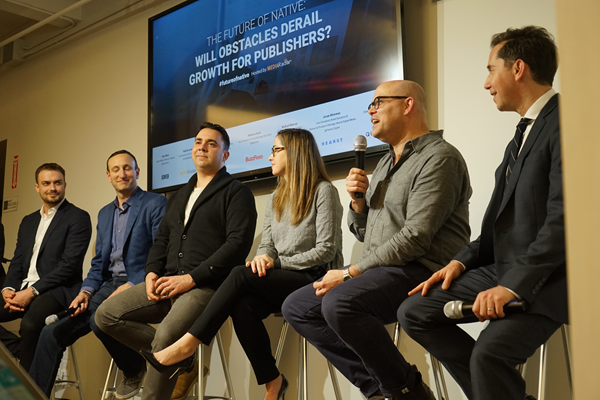
Demand for native campaigns and content has never been higher, triple what it was in January of 2015. The proliferation of this format, however, has not coincided with market-wide understanding of how to optimize it. Thousands of advertisers are purchasing native ads each month – many of them for the first –time. So how do publishers combat low renewal rates and tougher FTC compliance, while simultaneously alleviating consumer misperceptions about native content?
Read

